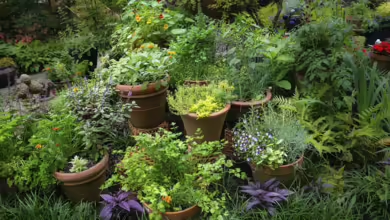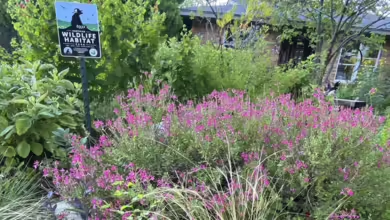Plants for a Hummingbird Garden
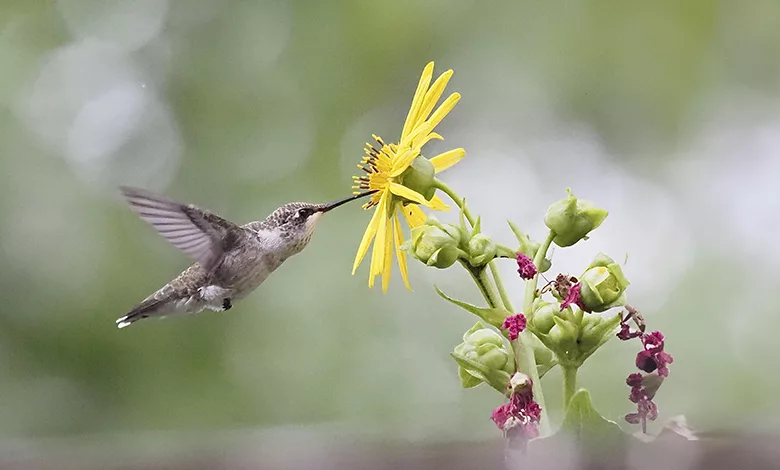
It’s never too early to think about hummingbirds. Maybe you aspire to be a hummingbird photographer. Or perhaps you enjoy watching their turbo-charged acrobatics. In either case, spring will be here before you know it. Now is the time to plan your spring garden to attract them.
While special feeders are a great way to attract hummingbirds, I’ve noticed that they aren’t the optimal attraction. This past summer, I eliminated some of our feeders when I noticed more of the birds were choosing some new plants for their nectar over the mixture I had made, mainly Turk’s cap and flame acanthus.

Ideal Plants for Attracting Hummingbirds
Here is a list of hummingbird-loving plants to add to your garden this year:
- Turk’s Cap
- Cross Vine
- Trumpet Vine
- Coral Honeysuckle
- Flame Acanthus
- All of these are good choices that provide a variety of colors, excellent nectar sources, and exceptional backdrops for hummingbird photographs.
Of course, feeders can still be used strategically throughout your yard to get birds moving from flower beds to feeders.
When choosing what to grow, try to select native plants.They are a great way to not just draw in hummingbirds, but other bird varieties and pollinators throughout the spring and summer months. There are also other benefits. Native plants require less water, so they help keep your water bill down and will generally remain alive throughout hot summers. They can also help with air quality; by adding a native plant garden, your yard will require less use of lawn equipment. So, less noise and air pollution.
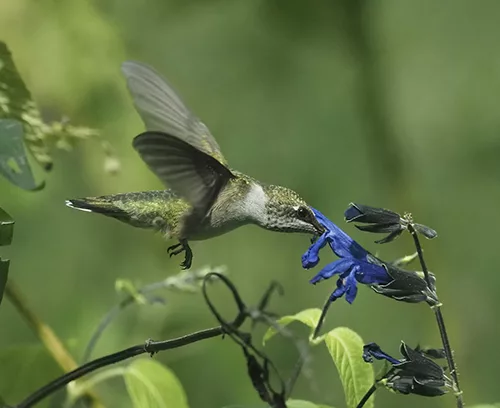
In North Texas, hummingbirds can arrive from mid-March to May and stay until September. Ruby-throated hummingbirds are the most sighted in DFW, but many more species will remain in parts of Texas throughout the year.
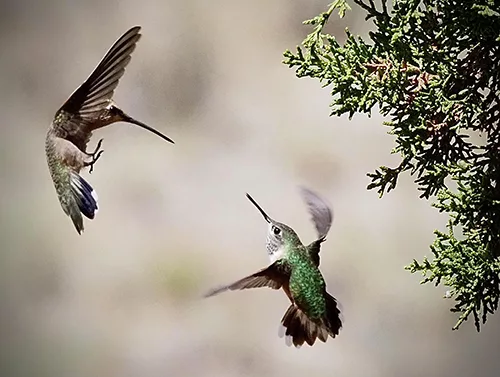
Rufous hummingbirds, much rarer in Texas, are one of my favorites. They are very feisty, territorial birds with burnt orange coloring. According to Cornell’s All About Birds website, they make one of the longest migratory journeys of any bird in the world, as measured by body size. At just over 3 inches long, its roughly 3,900-mile movement (one-way) from Alaska to Mexico is equivalent Rufous Hummingbirds tussling to 78.47 million body lengths.
If you can’t wait for spring to see these tiny wonders, many species overwinter in Mexico and Central America. In the past few years, I have traveled south to photograph wonderful species in Mexico and Panama, including the rufous, calliope, white-necked Jacobin, and blue-throated mountain gem. But they’ll return in a few months, so have your garden and camera ready.
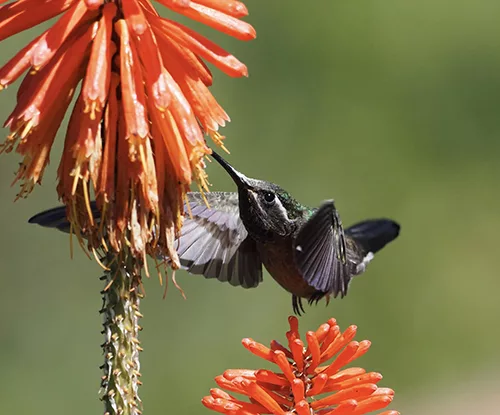
To learn more about hummingbirds and native plants, check out these resources:
- The Texas Discovery Garden at Fair Park — https://txdg.org/
- The Native Plant Society of North Texas — https://npsot.org/chapters/north-central/
- The Cornell Lab of Ornithology’s online guide to birds — https://www.birds.cornell.edu/home/all-about-birds/


